 |
Commotio Cordis |
1.00 |
Paramedic Instructor Peter Bonadonna discusses his thoughts on Commotio Cordis in an effort to orient EMTs that are not familiar with the phenomena. |
 |
Sales Management: Forecasting Sales Revenue |
0.50 |
This course will focus on identifying sales forecast factors and types of sales forecasts as well as discussing various types of forecasting approaches. |
 |
Freelancing 101 |
1.25 |
This course covers the fundamentals of freelancing. Freelancing offers independence, letting individuals choose their projects and schedules, while still providing diverse opportunities to explore different industries and build a flexible career. However, it also entails managing finances, client relationships, and the challenges of inconsistent income. |
 |
Elements of an Effective Safety and Health Program |
1.00 |
This course covers recommended practices for a proactive approach to managing workplace safety and health. Finding and removing hazards before they become problems avoids the direct and indirect costs of worker illnesses and injuries and promotes a positive work environment. |
 |
Conflict and Communication: Why Can't We Be Friends? |
1.00 |
Conflict occurs when we are in relationship with others. In fact, the hallmark of a healthy relationship is not the absence of conflict, but the ability to successfully resolve it. Unfortunately, resolving conflict is not a skill many of us were taught. We'll explore the fundamental causes of conflict and the dynamics that can escalate conflict. Finally, we’ll cover the tools necessary to navigate conflict successfully, including effective communication strategies. |
 |
Construction Safety & Prevention Program: Incident Investigation Procedure |
0.50 |
Incident Investigation Procedure is part of a twelve-part construction safety and prevention program. This course covers the purpose of incident investigation, the approaches to investigating an incident, how to establish an incident investigation program, and more. |
 |
Lifting and Moving—Lesson 1 |
0.50 |
There are several disciplines of healthcare that require proficiency in lifting and moving. Prehosital medicine and fire-service-related rescue requires a proficiency in this area that is beyond any other area of healthcare. Our team of experts discuss the challenges that we face in our community. In this first session of the series, we explore the mindset and preparation that must take place in order to achieve success.
Final Exam:This multiple choice exam is designed to test your knowledge of the material you just reviewed. You have two attempts to gain a 70% or higher on this exam. Please take your time and answer each question carefully. |
 |
Advanced Interpersonal Communication: Colleagues and Subordinates (Instructor Guide) |
0.50 |
Colleagues might include people in your office, team, department, or division. They do not hold a supervisory position over you, nor do you hold a supervisory position over them. Instead, you are all in a similar place on the corporate ladder. Learning how to communicate effectively with your colleagues helps maintain a friendly and effective workplace, and enables you to better promote your ideas and respond to those of others.
In this course you will learn: to identify the guidelines for communicating with colleagues, and how to take appropriate steps to apologize to subordinates; use appropriate tactics to refuse a subordinate’s request; and dismiss a subordinate.
This Instructor's Edition of this course includes notes and suggestions to assist you in presenting the material, whether in an in-person classroom setting or as an instructor-led online or distance-learning course. It also provides you with the answers to questions found in mid-lesson activities, as well as in the quiz that concludes the course. |
 |
HEPA Standards 2.0 and the Self-Assessment Tool |
1.00 |
In 2011 the National AfterSchool Association adopted standards for healthy eating and physical activity (HEPA) in out-of-school time. In 2018, the HEPA Standards were updated to Version 2.0.
This interactive e-learning course, commissioned by the Kentucky Out-of-School Alliance (KYOSA) and designed by CypherWorx, will explain how the HEPA Standards were created and how they should be used, as well as presenting the Standards in their entirety. We will also cover the HEPA Standards 2.0 Self-Assessment Tool and how to use it. |
 |
Sanitation and Hygiene |
0.25 |
This course covers the proper manufacturing practices to ensure good sanitation, how to achieve proper hygiene among personnel, and how to identify sanitation and health problems in the workplace. |
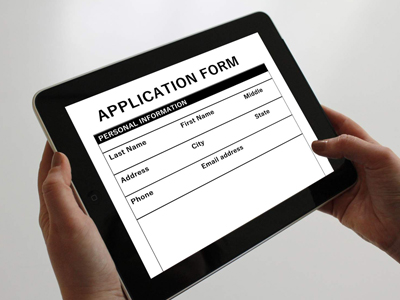 |
Job Applications |
1.00 |
In this course, you will learn the basics of completing a job application, including how to choose and secure references, tips for completing applications online, strategies for dealing with background checks with a criminal record, and more. |
 |
GED: Social Studies - Unit 3: Economics |
1.00 |
Welcome to Unit 3: Economics. Economics accounts for about 15% of the questions you'll see on the test. In this unit, we'll cover the basics of both micro and macroeconomics. We'll work with graphs, and we'll explore consumer economics. |
 |
Advanced Interpersonal Communication: Customers and Vendors |
0.50 |
Your customers include anyone who uses your company or organization to obtain goods and services. Customers might be internal or external. An internal customer is a member of your organization and can be a supervisor, colleague, or subordinate. An external customer is someone from outside your organization. Each customer is of equal importance, regardless of the amount of business that customer provides to your organization. You should provide the same level of quality goods and services all your customers, and all are equally deserving of efficient and effective communication.
In this course you will learn: to respond to customers’ complaints, and to reject a vendor’s contract without rejecting the vendor, and address a complaint to a vendor. |
 |
Planning for Emergencies (Corrections) |
0.50 |
The Preparing for Emergencies: Strategies for Small Business course is designed to help participants identify a learning goal and expectation for their own business. Throughout this course, participants will assess their own business readiness plans for emergencies, learn about the four steps in the emergency planning process, and learn about emergency management considerations.
|
 |
Motivation: Identifying, Planning, and Implementing: Using What You've Learned (Corrections) |
0.50 |
In life, to be a successful, you must have a plan. Napoleon Hill, author of Think and Grow Rich, said, “Create a definite plan for carrying out your desire and begin at once, whether you ready or not, to put this plan into action.” This course has provided you with the information and—we hope—the inspiration to improve your motivational skills and work toward personal success. The final two steps are up to you: You must implement what you have learned and continue to work on improving your skills.
In this course you will learn to: work toward improving your motivational skills by using the 21-day habit and satori, and use resources, including websites and books, to continue working on your motivational skills. |
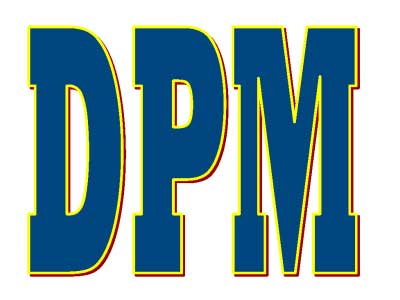 |
Effective Prehospital Patient Handoffs Between Providers |
0.50 |
Effective Prehospital Patient Handoffs Between Providers was designed to provide a common process for reporting patient information during the prehospital care process. Communication of the patient's prehospital care from all level of providers is essential in ensuring the continuation of care in a unified and effective manner and to help provide a seamless transition in their care. This course expands on the idea of effective patient handoffs to the field providers that often transfer patients between various levels of care from first-responder through advanced paramedics. Very often, initial observations of those initial responders are unavailable to subsequent responders - either because the patient has been moved, or the scene itself has been altered. Without an effective process to communicate these details, important information can and will be lost. |
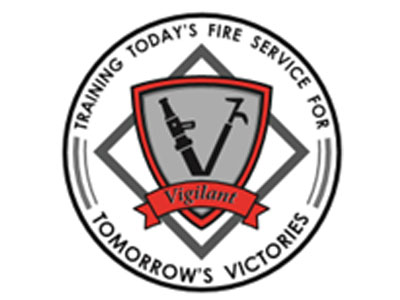 |
Size-up Introduction #1412 (Instructor Guide) |
1.00 |
This is the Instructor Guide for Lesson #1412 Size-up. This instructor guide provides the instructor with lesson background, key points, and delivery methods. Required lesson materials including lesson plan, presentation, and evaluation quiz with answer key. The lesson is also accompanied by a learning aid that can be used a handout to lesson participants. Included in this guide is an explanation video of the presentation that describes each slide of the lesson. |
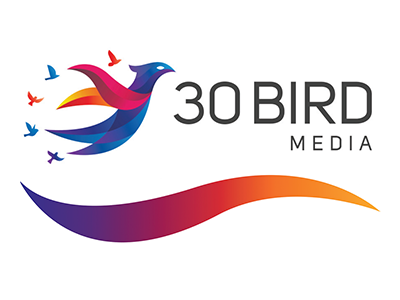 |
Microsoft Windows 11 |
8.00 |
30 Bird Media's Microsoft Windows 11 course provides the basic knowledge needed to use and perform basic configuration of a computer running Windows 11; this includes basic operating system features, using and installing apps, managing files and common external devices, using network connections and applications, configuring system settings, and personalizing Windows environment and privacy features.
You will benefit most from this course if you are the primary user of a Windows 11 computer and wish to become proficient with its features, but are not yet a power user or computer technician.
This course assumes you are familiar with using a keyboard and mouse, accessing the internet with a web browser, and other basic aspects of using a modern computer. It does not assume you have used earlier editions of Windows or other specific operating systems, or that you have owned or managed a computer before. |
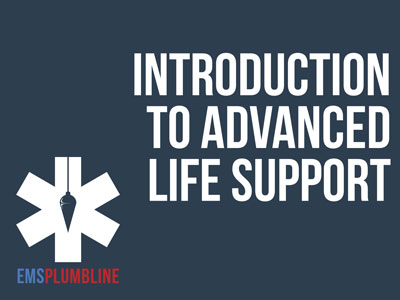 |
2019 Collaborative Advanced Life Support Adult and Pediatric Treatment Protocols |
3.00 |
The protocol changes that are listed in this lesson were developed by a committee of your ALS peers and Medical Directors from around NYS. A great deal of thought went into this project, and we would like to give you a little insight into how we came to this point. Dr. Jeremy Cushman has been involved in drafting EMS protocols for nearly two decades. His experience with the NYS Collaborative Protocol Projects will certainly lead to discussion within your coworkers.
Final Exam: These ten questions are NOT meant to summarize the entire set of protocols. Please take your time and answer carefully. These questions will spark further discussion and lead to improved care within your region. An 80% or higher is required to obtain a passing score. You have two attempts to gain this score. |
 |
Reducing Foodborne Illness Risk Factors in Food Service and Retail Establishments |
0.50 |
This course covers different risk factors that are insufficiently controlled in institutions, retail food, and restaurants. Recommendations to help these places control these risk factors are also given. |
 |
Engaging Middle School Youth in College & Career Readiness |
1.00 |
This course will introduce participants to the College & Career Readiness Toolkit, developed by the Maryland Out-of-School Time (MOST) Network, as well as developmentally appropriate activities and considerations for implementing college & career readiness with middle school youth in an out-of-school time setting. |
 |
Sales: Qualifying |
0.50 |
In this course, you will learn how to improve your listening skills to better understand customers’ needs and decision-making criteria. You will also learn how to use questioning techniques to help customers recognize the benefits of your products and services. |
 |
Creativity and Innovation: Personal Creativity |
1.34 |
Creativity is often considered a talent that some people have. Actually, creativity's a skill that everyone can nurture through exercise and practice. You can prepare yourself both mentally and physically to be creative.
In this course you will learn to: prepare yourself mentally and physically to be creative, and use your experiences, innocence, intuition, and sense of adventure to increase your creativity. |
 |
Instructional Planning for Paraprofessionals |
0.50 |
This course covers the instructional responsibilities of a paraprofessional in the classroom. It is just one of many paraprofessional courses we offer. This course will help you understand what your role as a paraprofessional is in supporting students through instruction and how to support teaching and learning. |
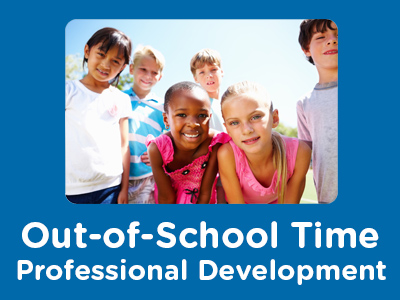 |
Creating Community Collaborations |
2.00 |
Across the country, more and more communities are forming community collaborations to address the out-of-school needs of children and youth of all ages. When different segments of the community join together, share ideas, and pool their resources and efforts to create out-of-school time initiatives, children and youth benefit. What one organization or program may not be able to accomplish alone is often achievable when partnerships and collaborations among diverse groups and individuals are formed.
When school-age care professionals are knowledgeable about what it takes to create and sustain successful collaborations, they can play an important leadership role in creating out-of-school time initiatives and programs that will meet the needs of children and youth in their communities now and in the future. |


























